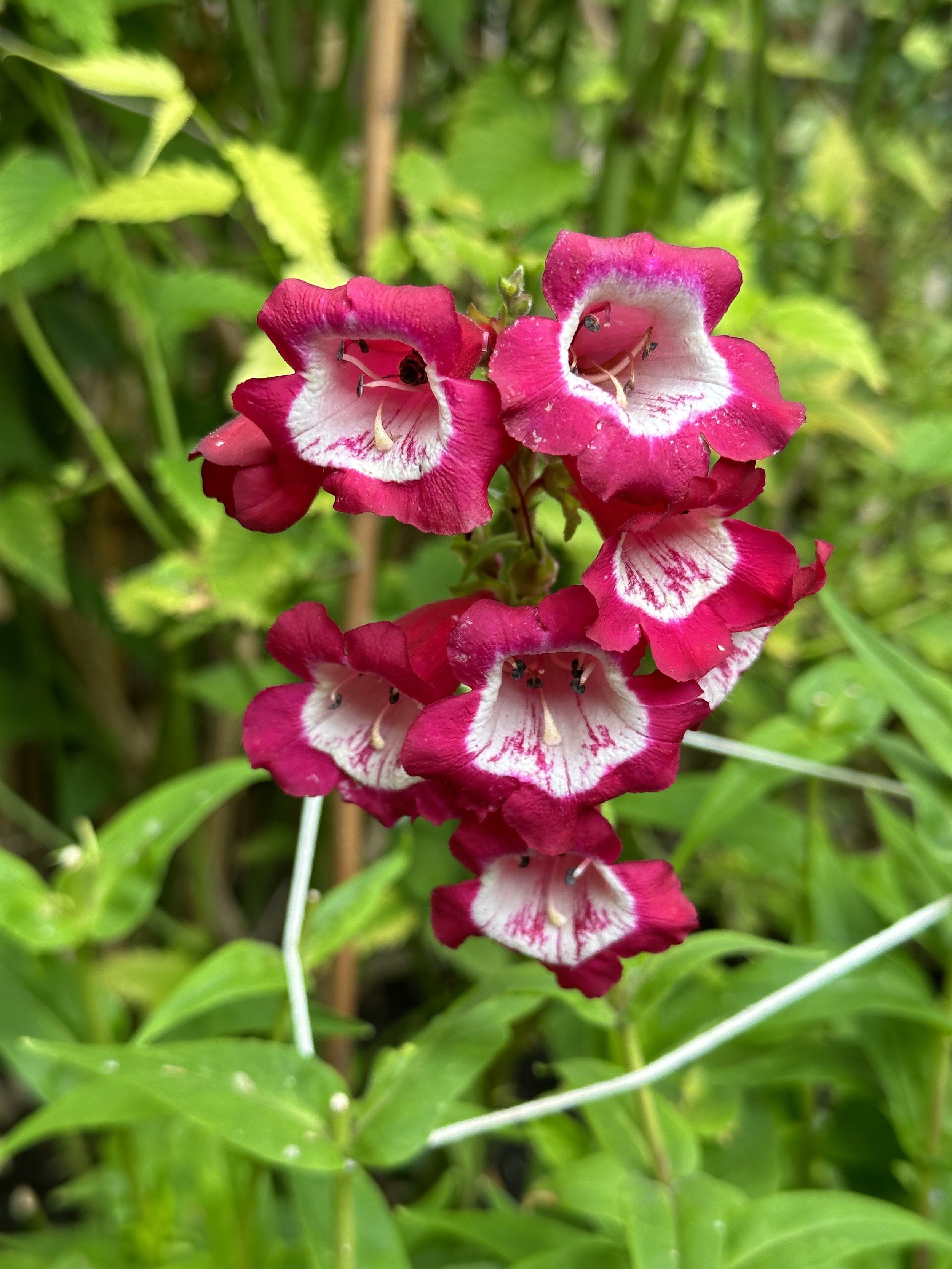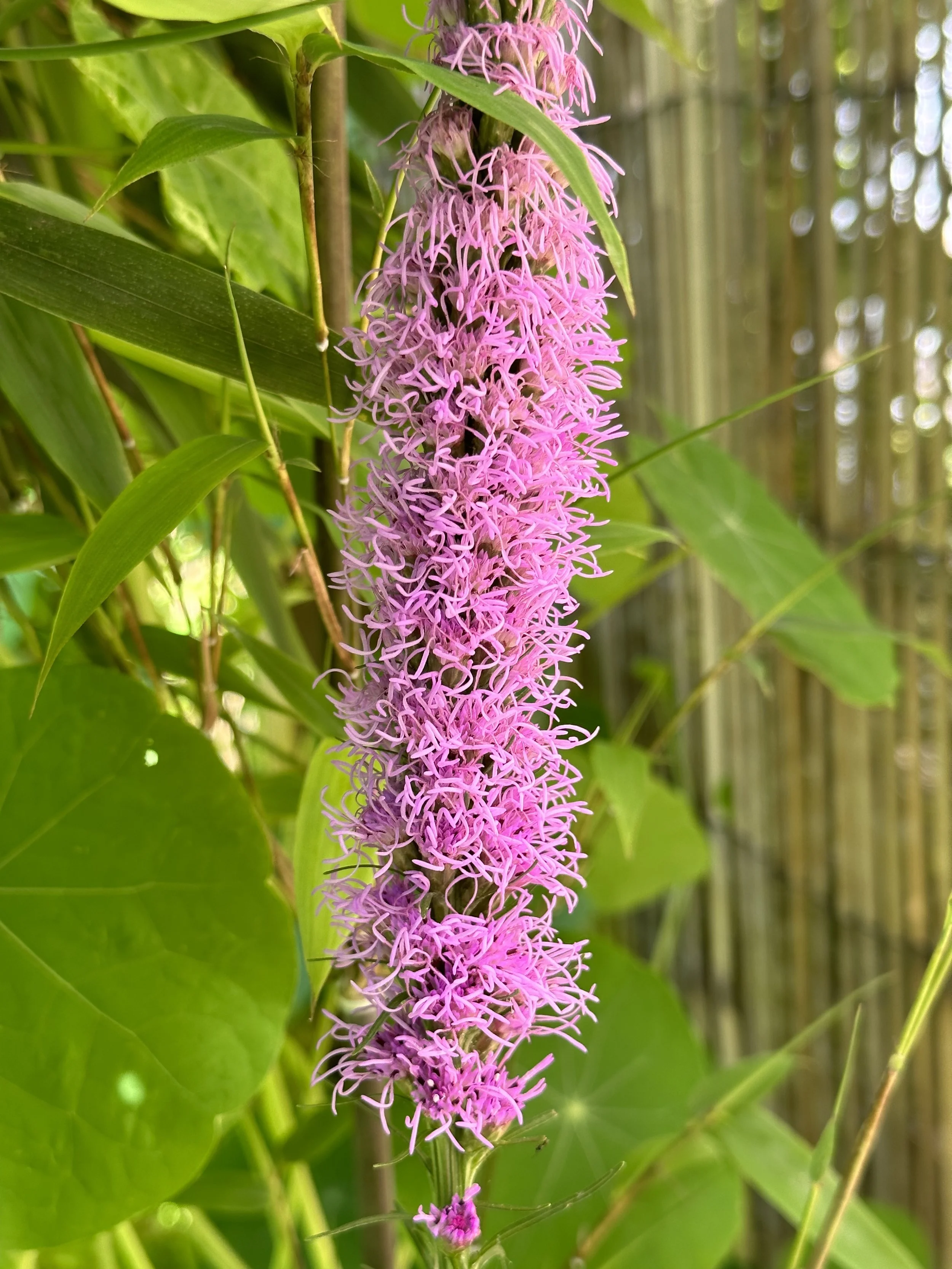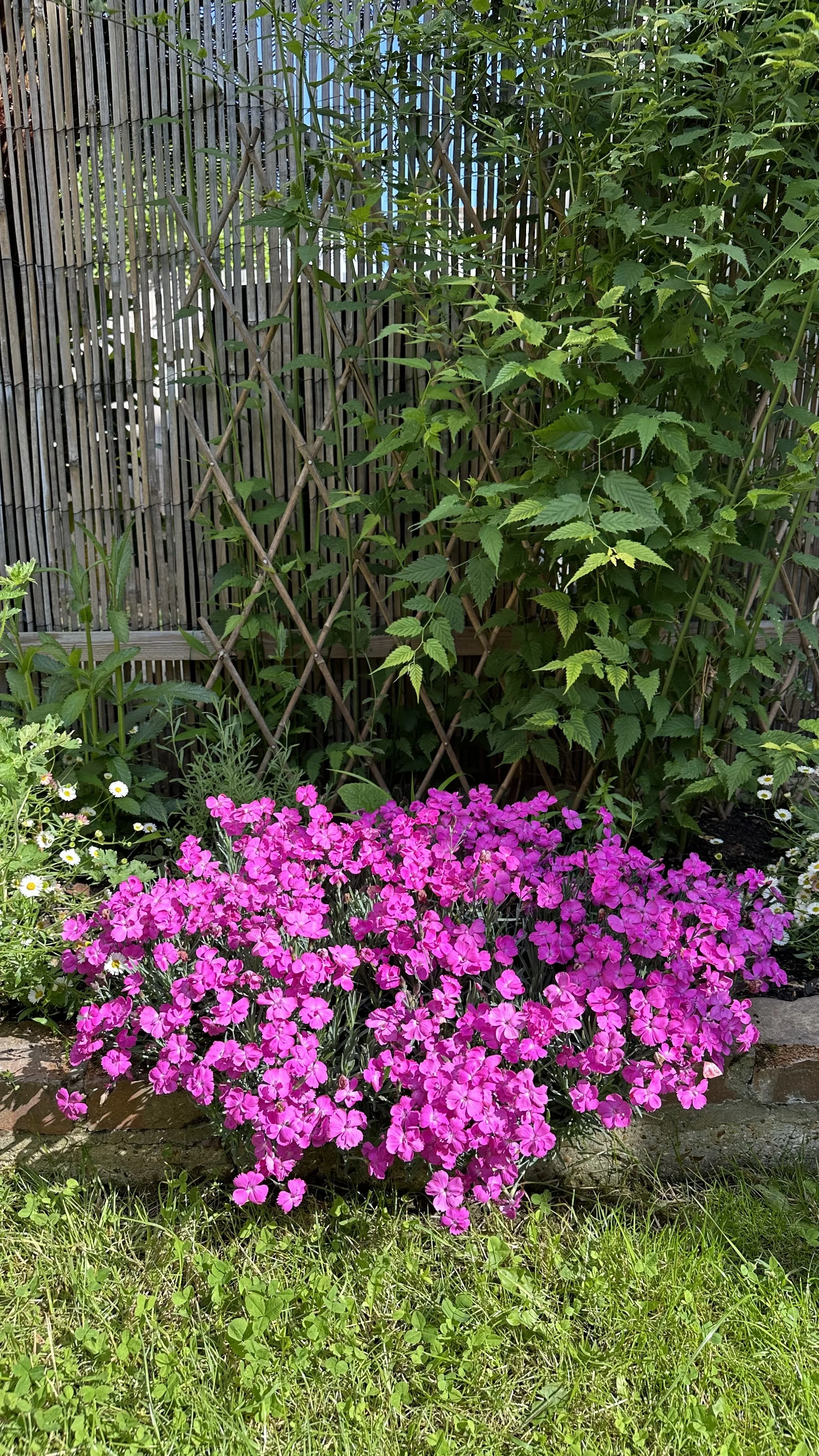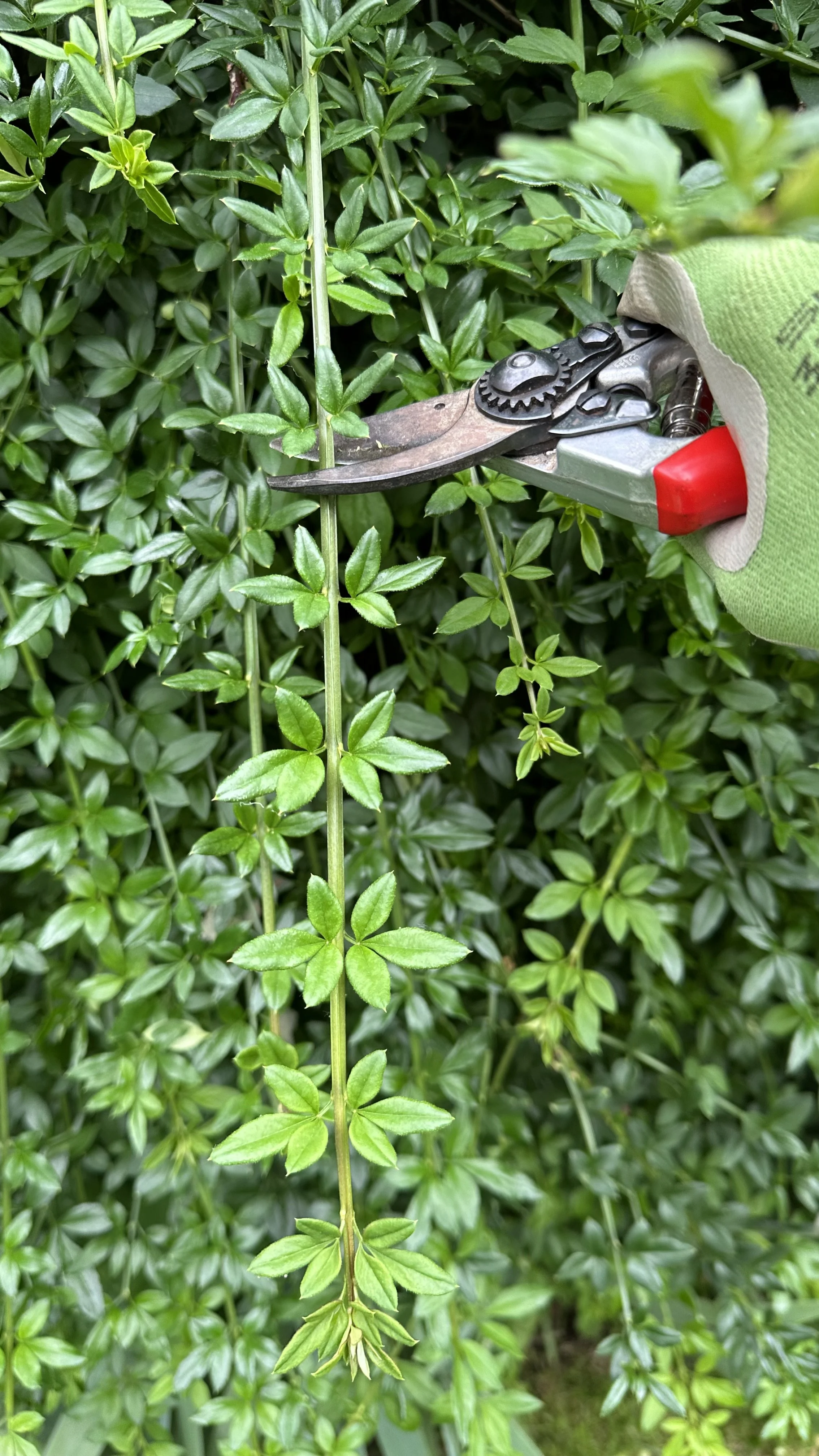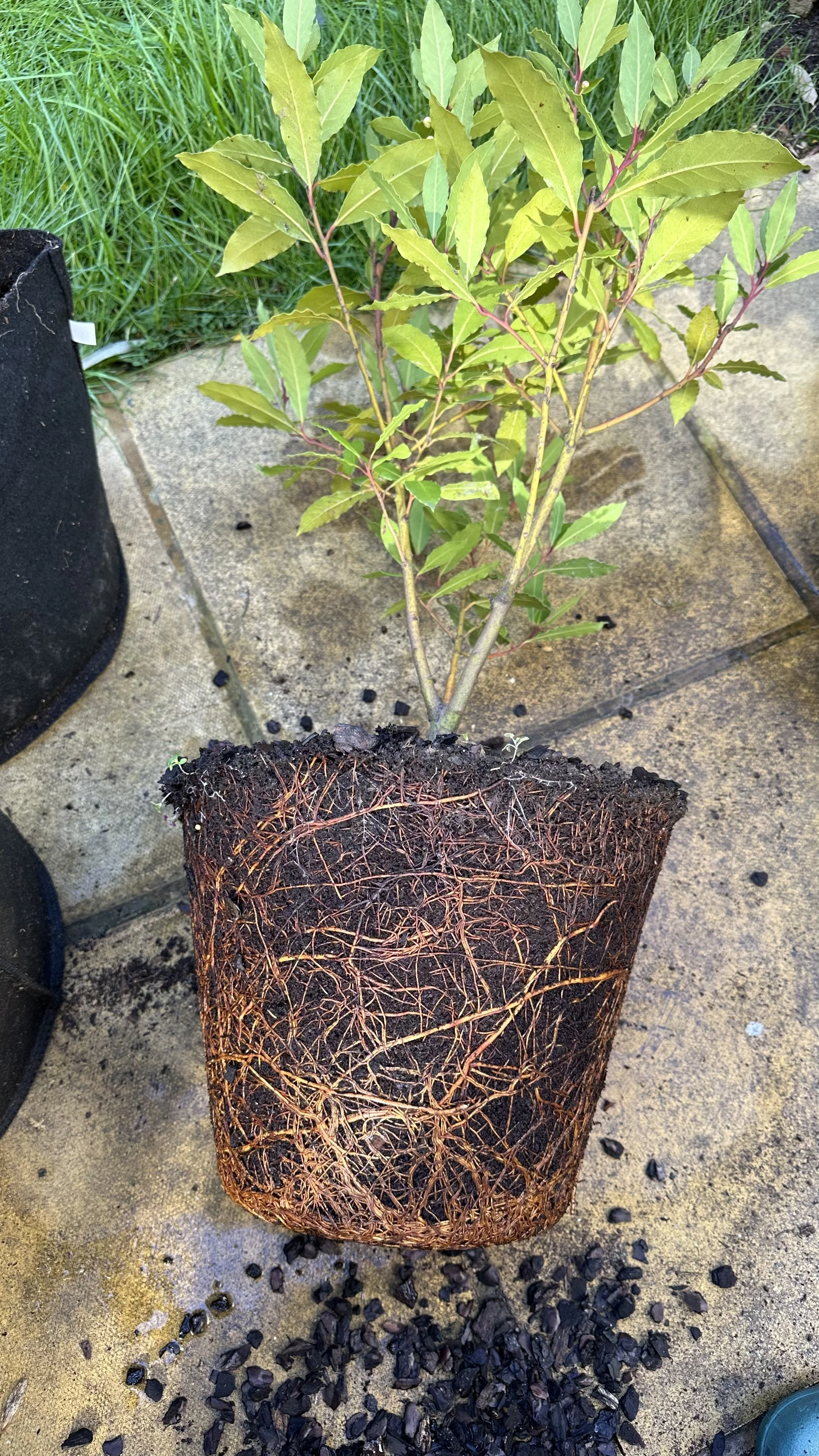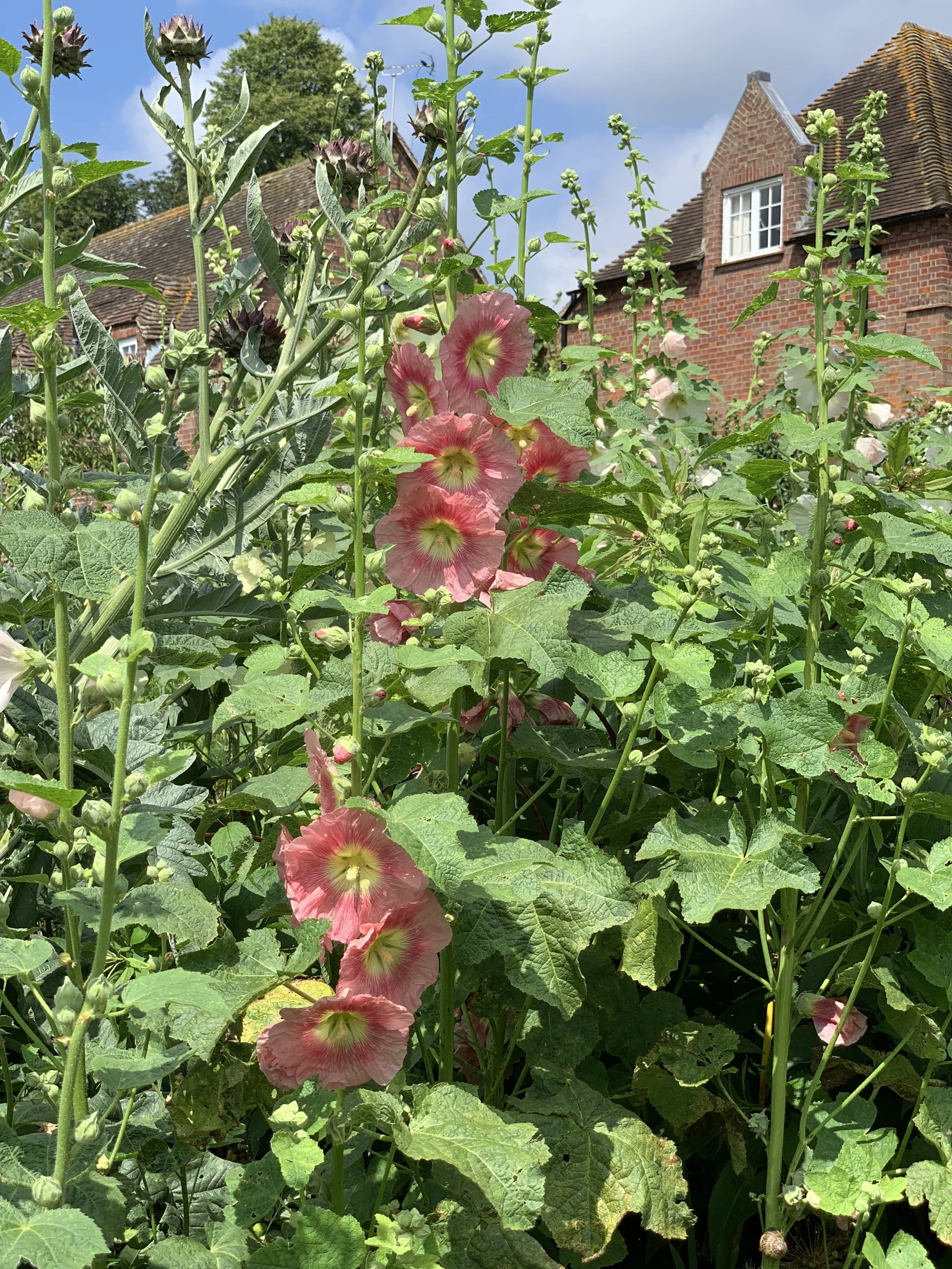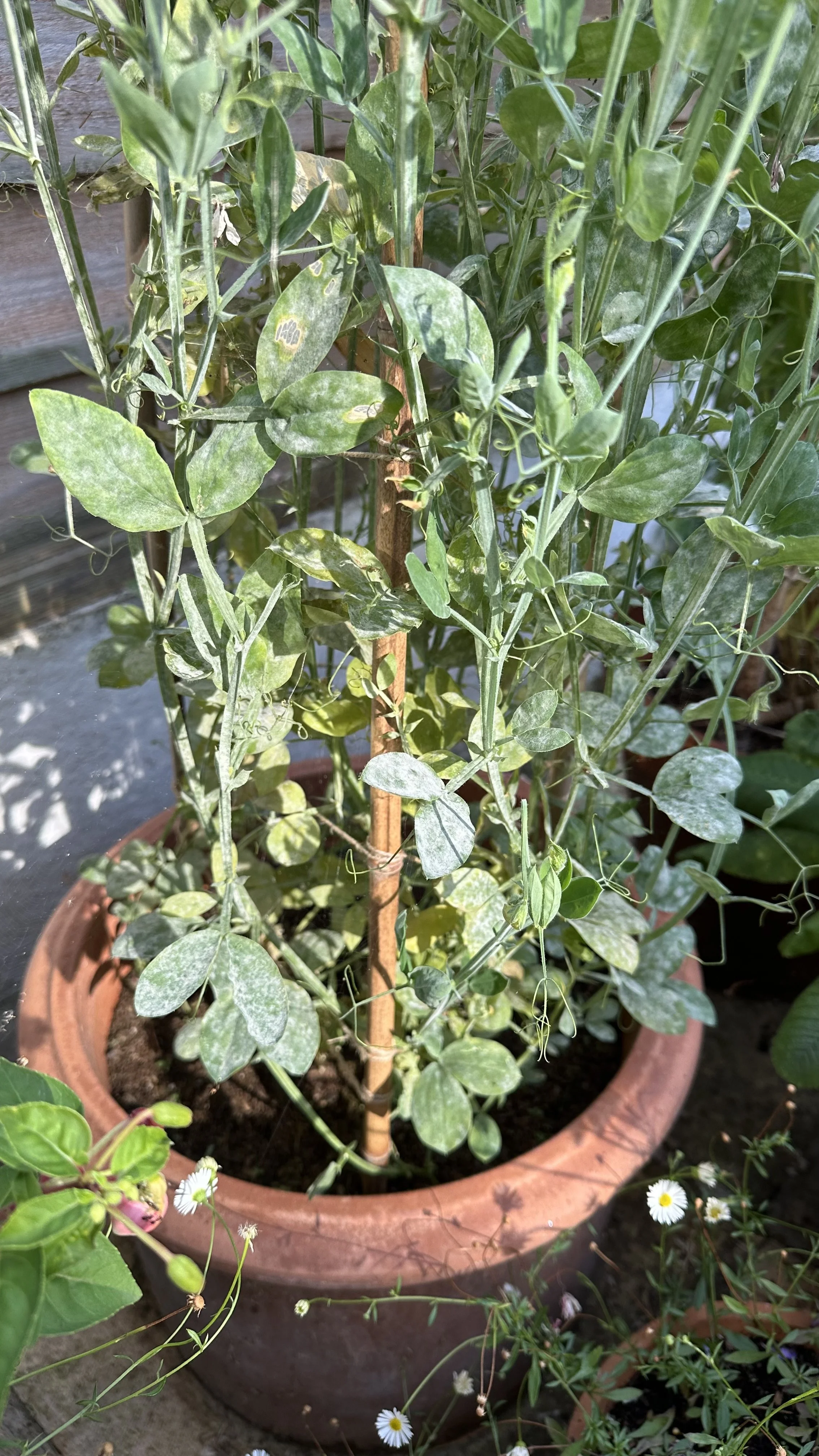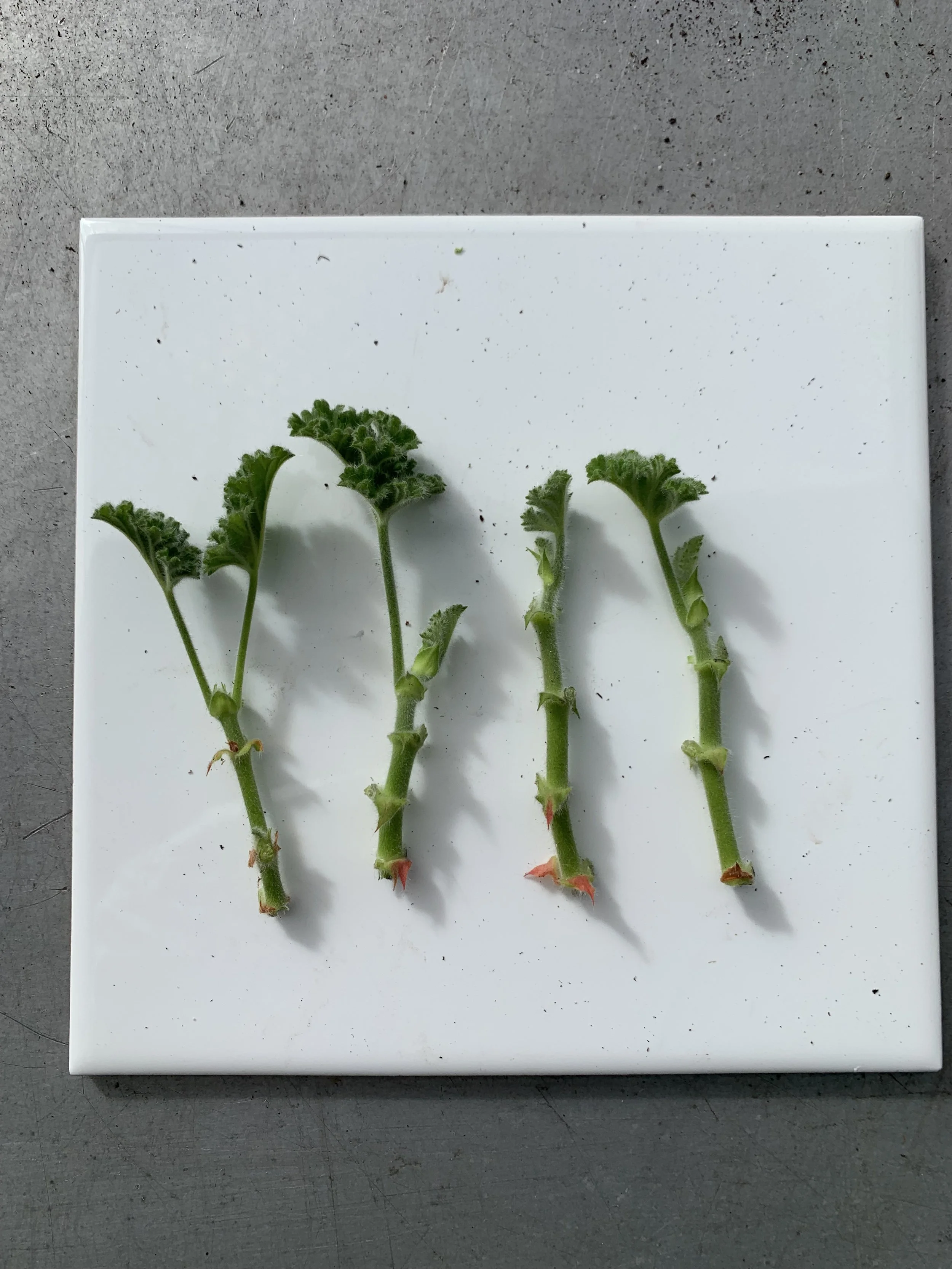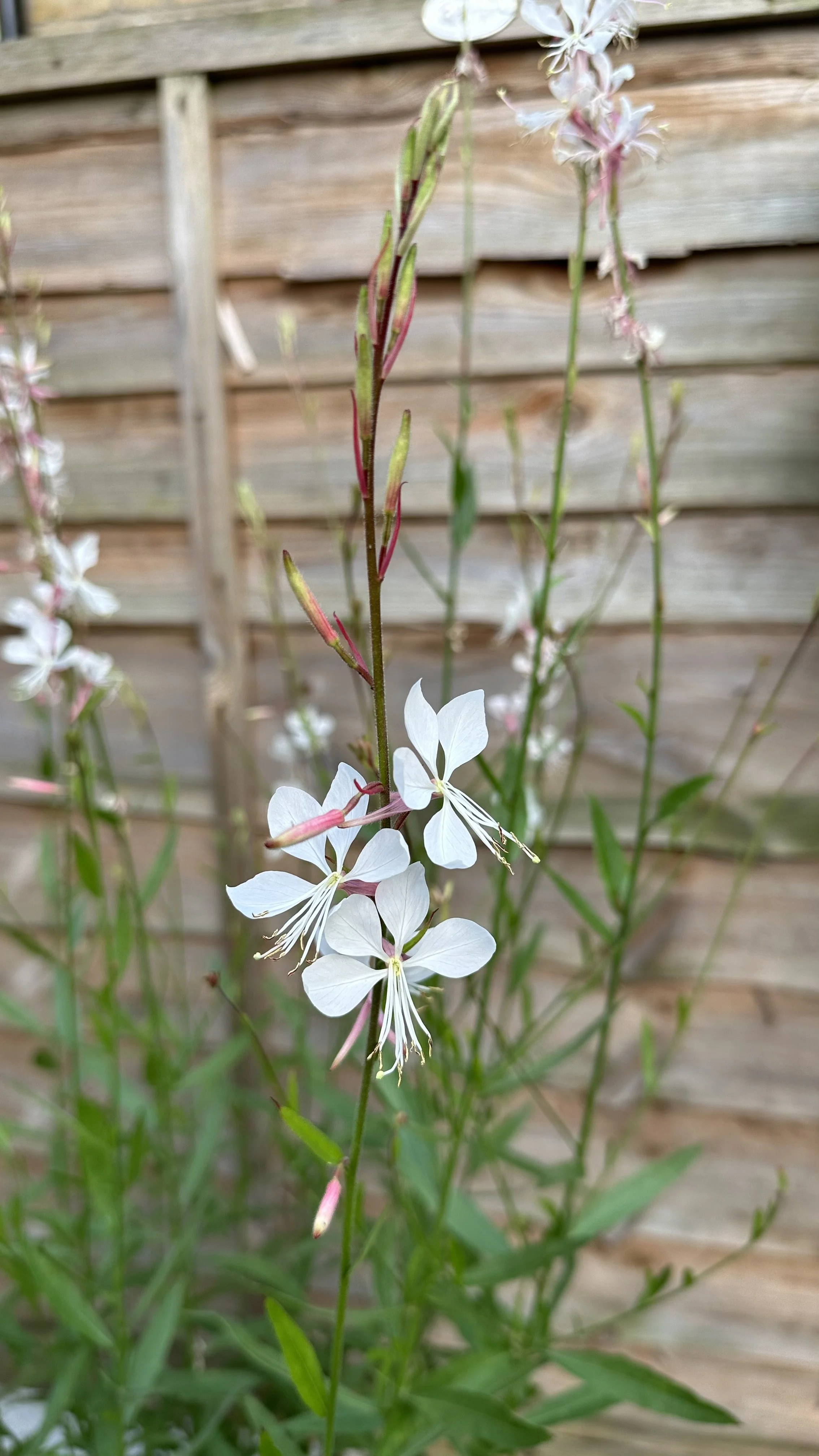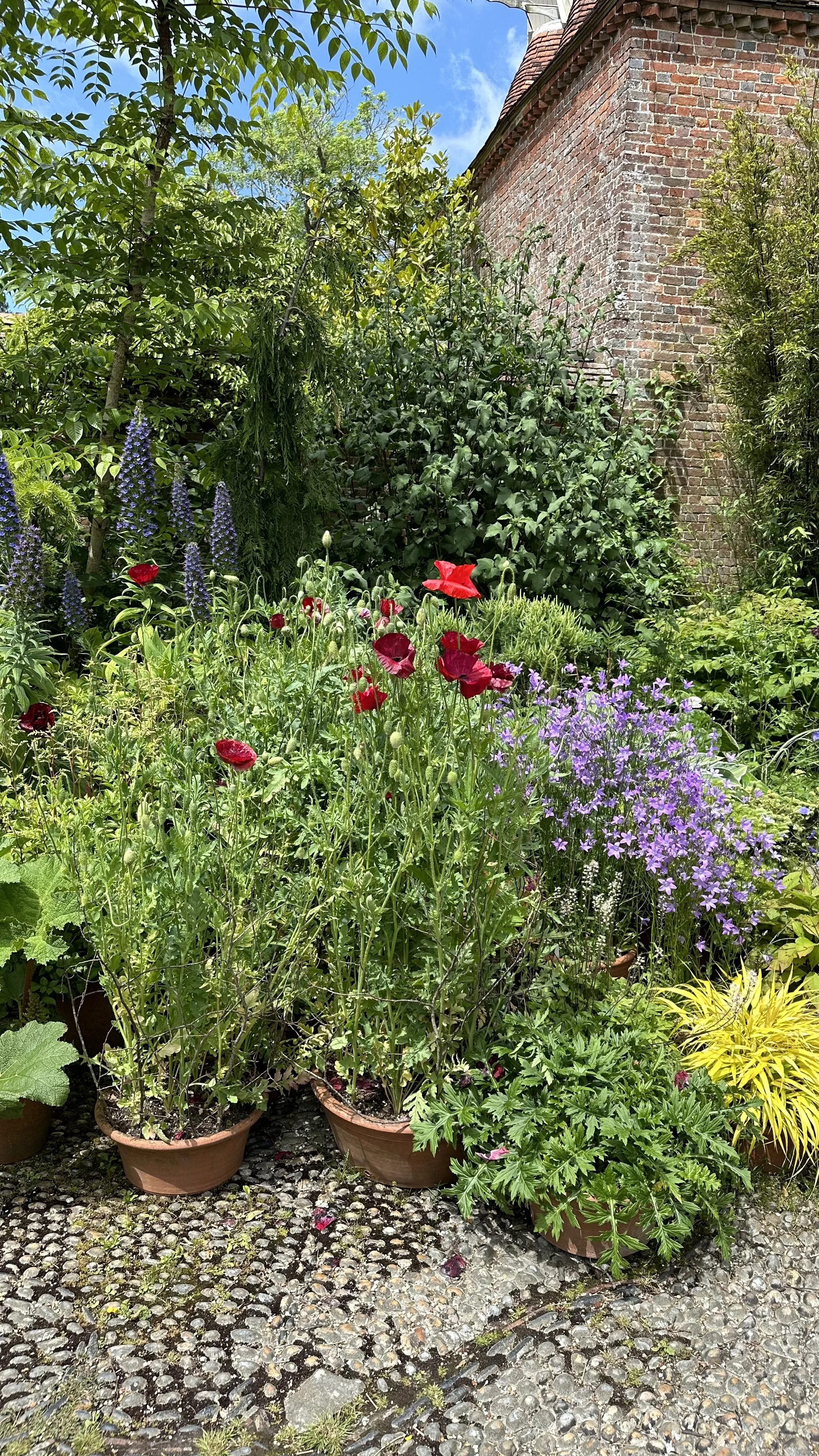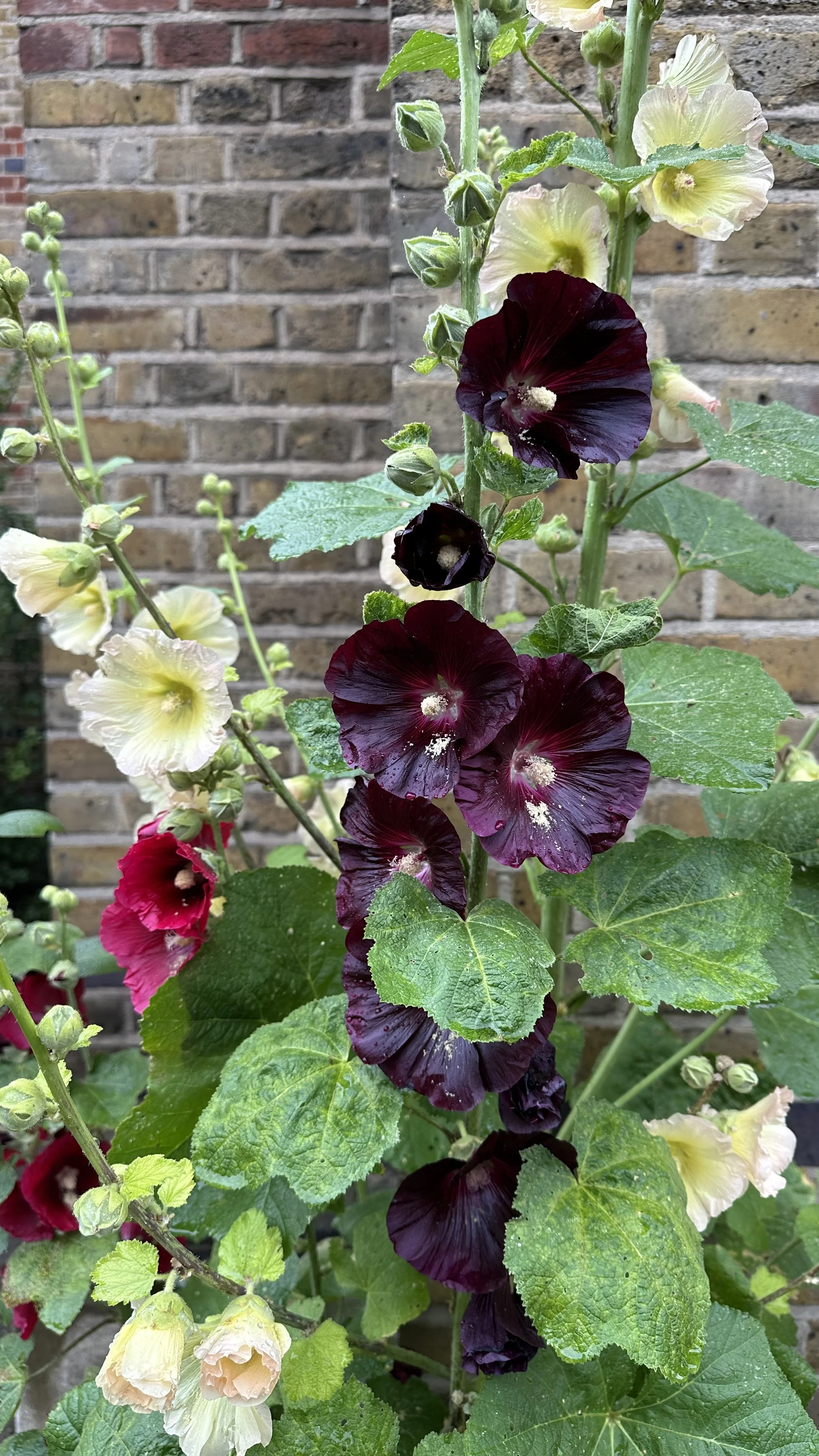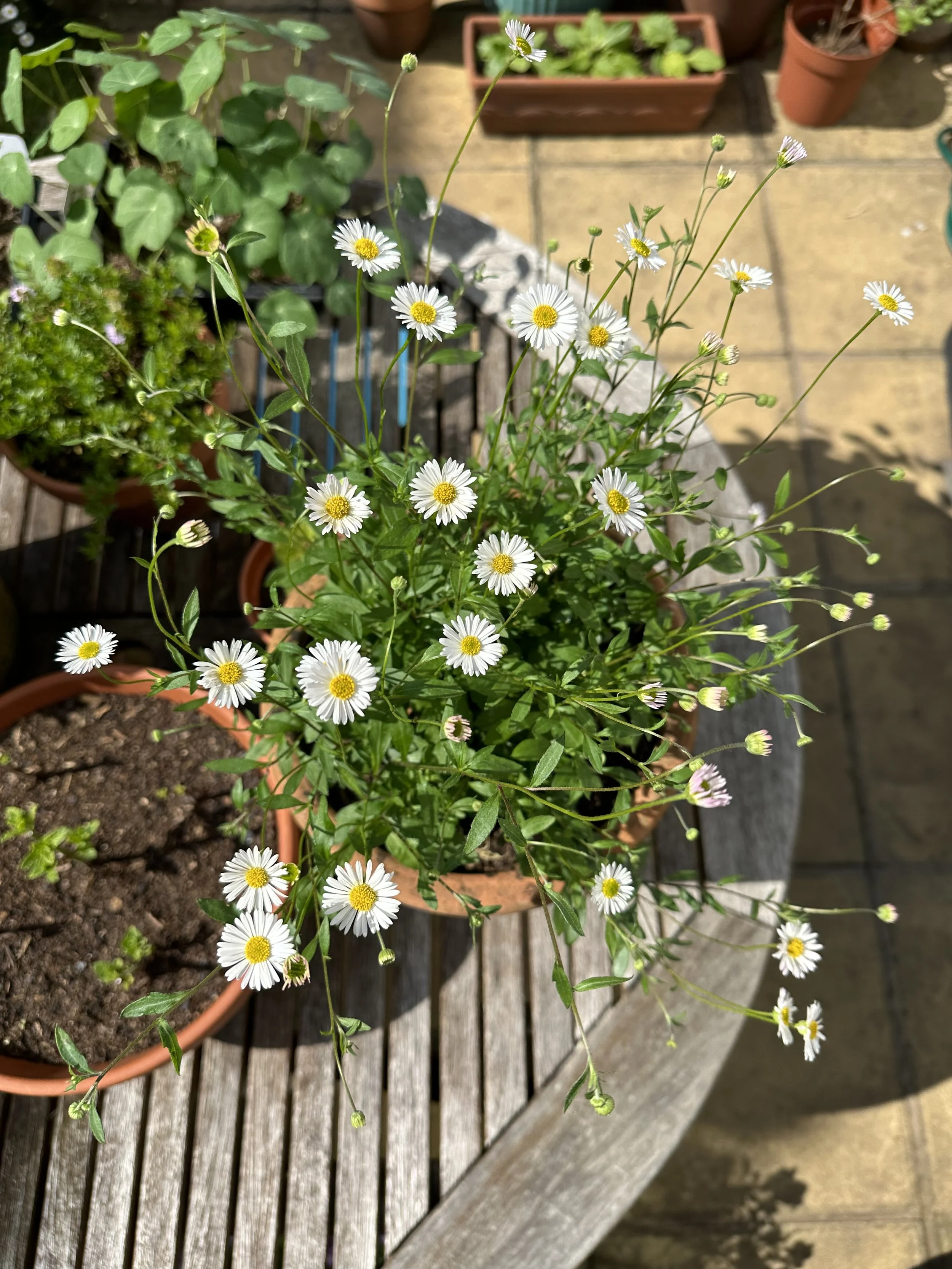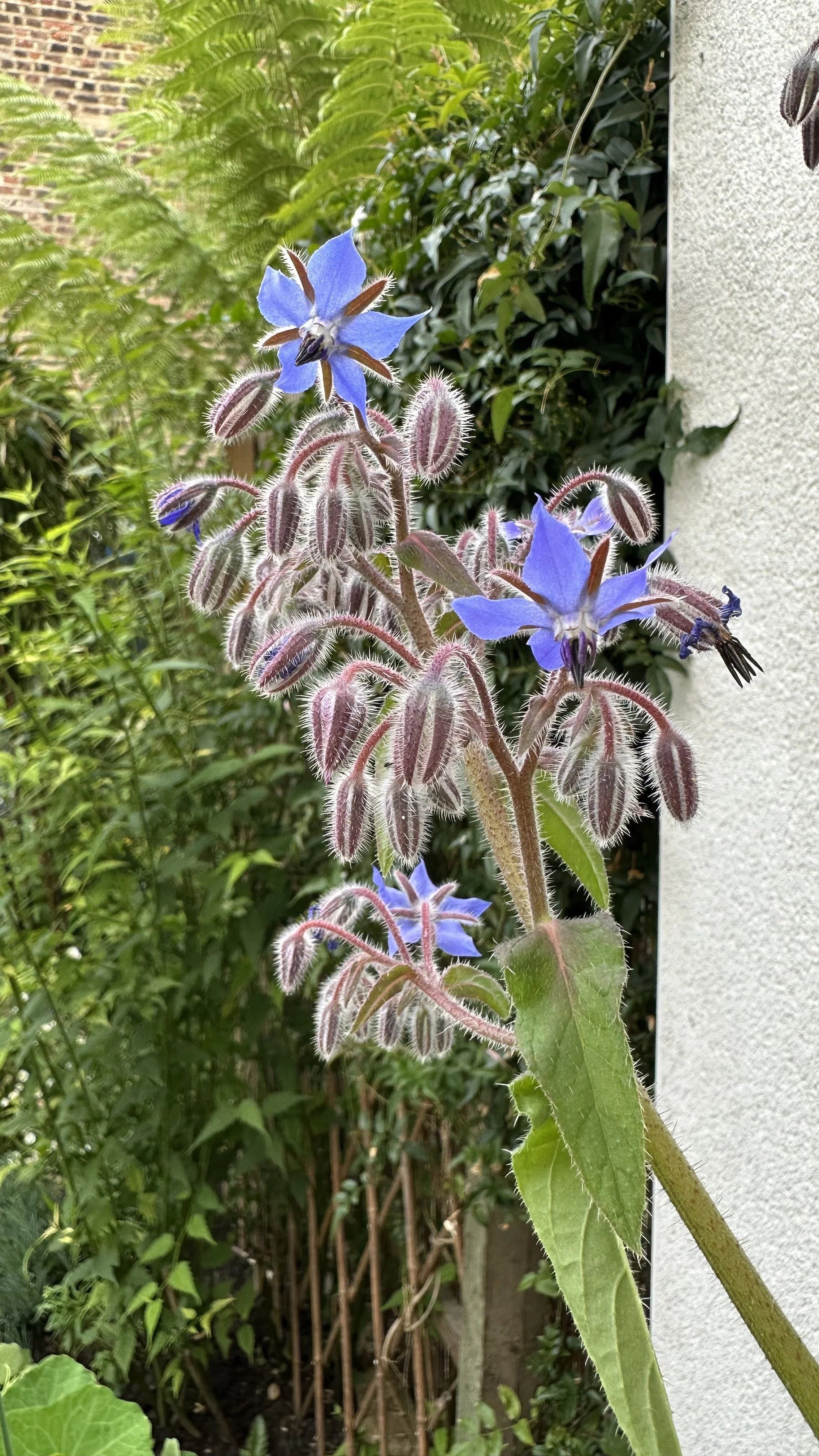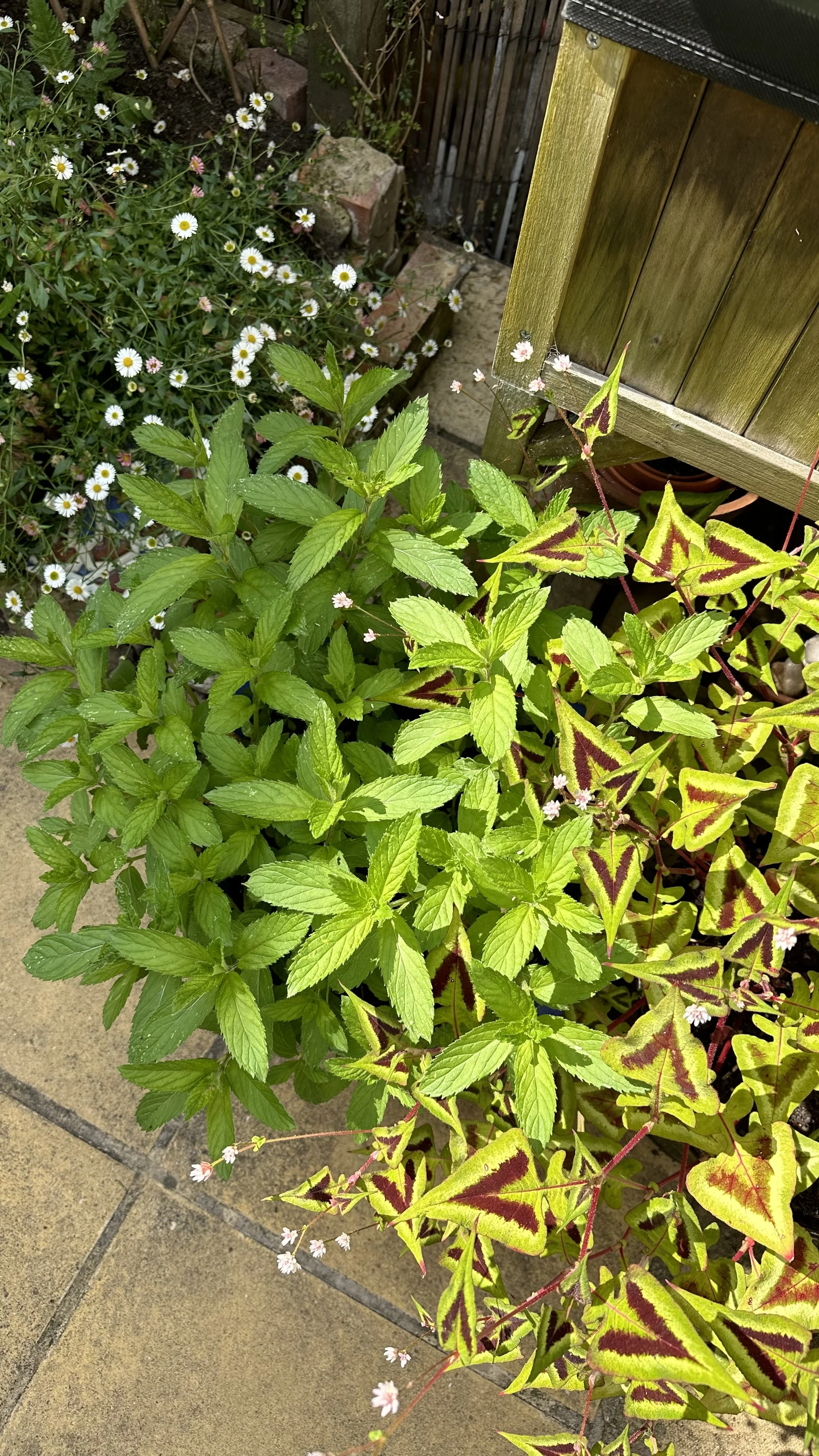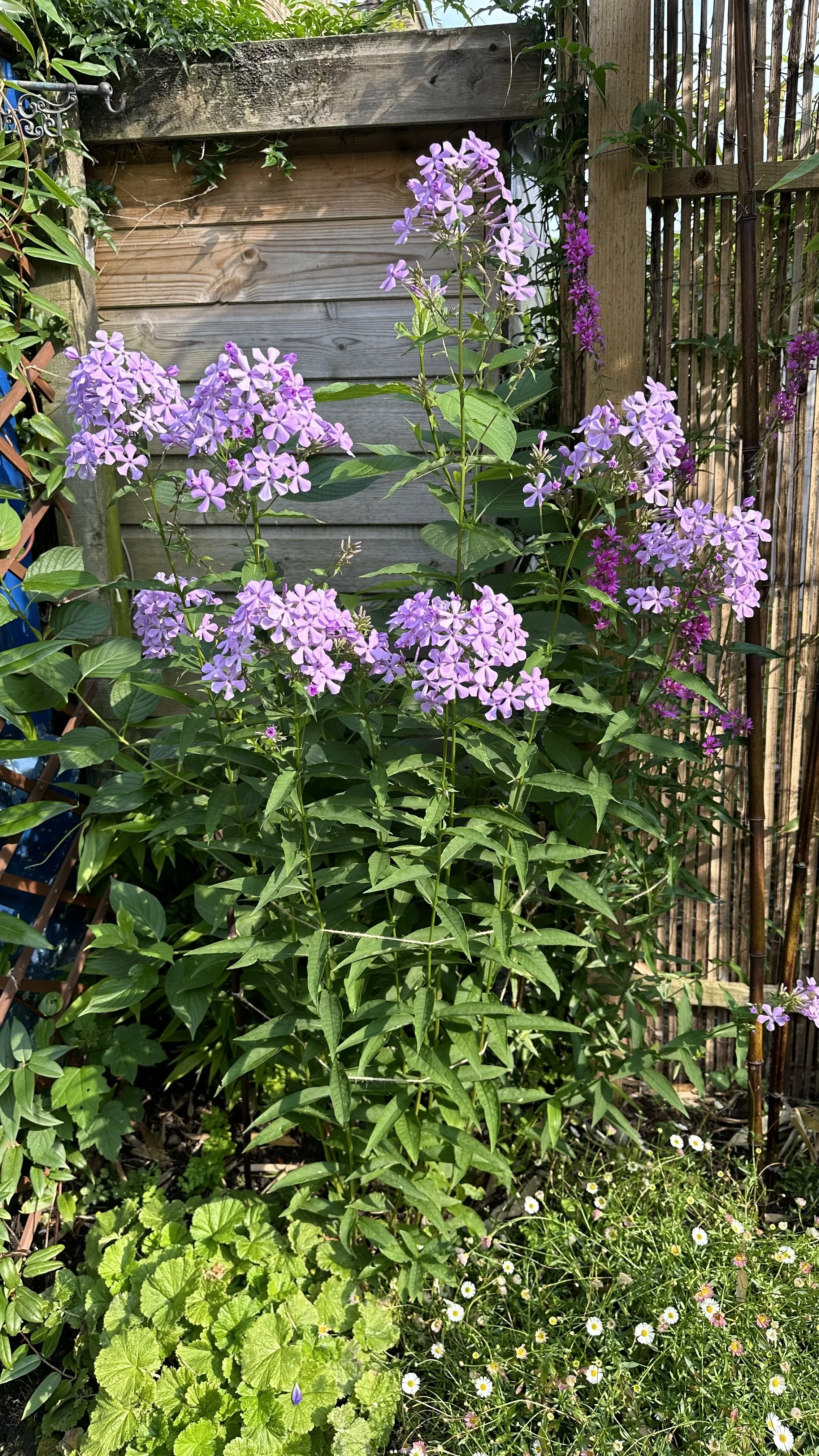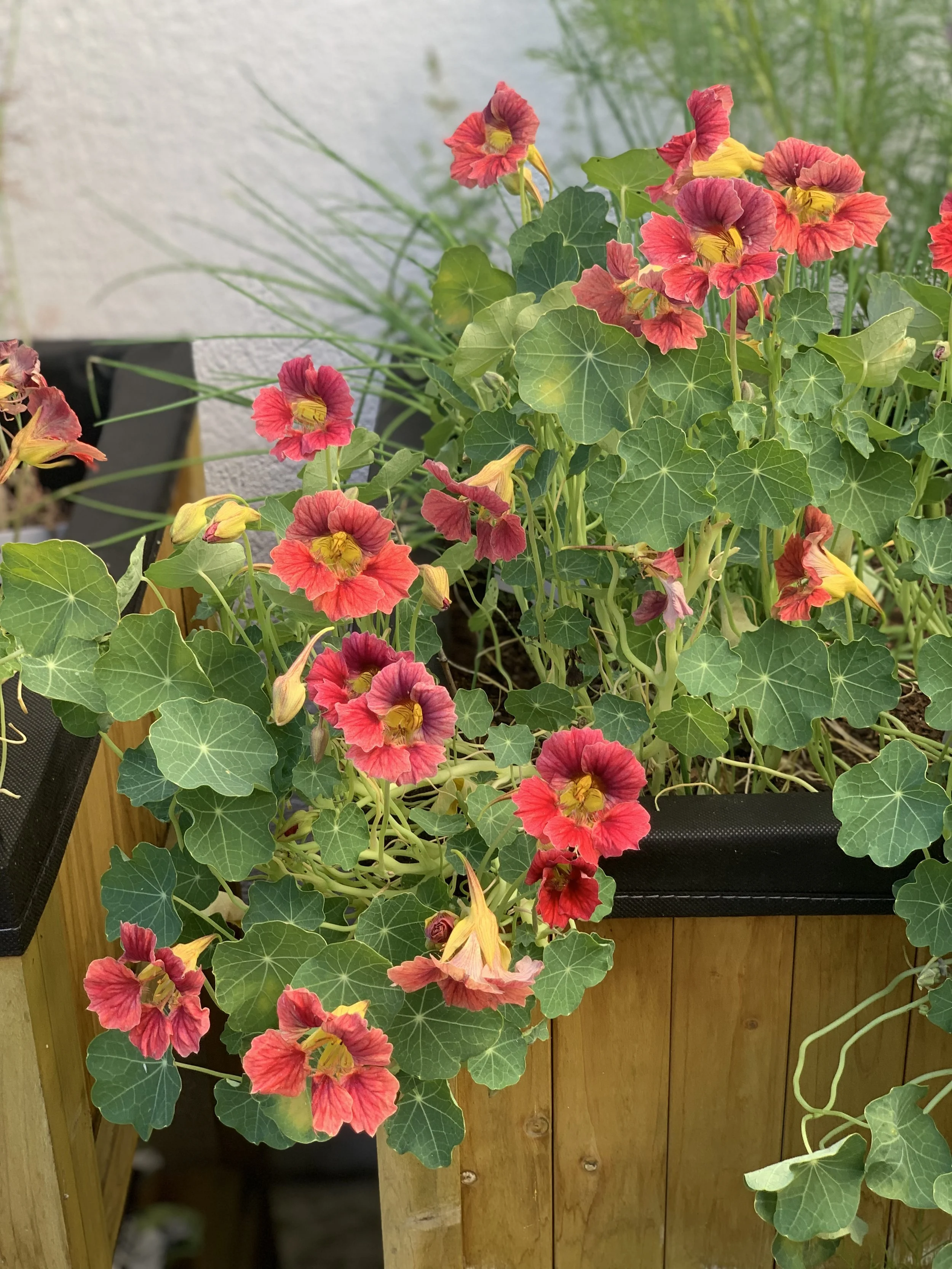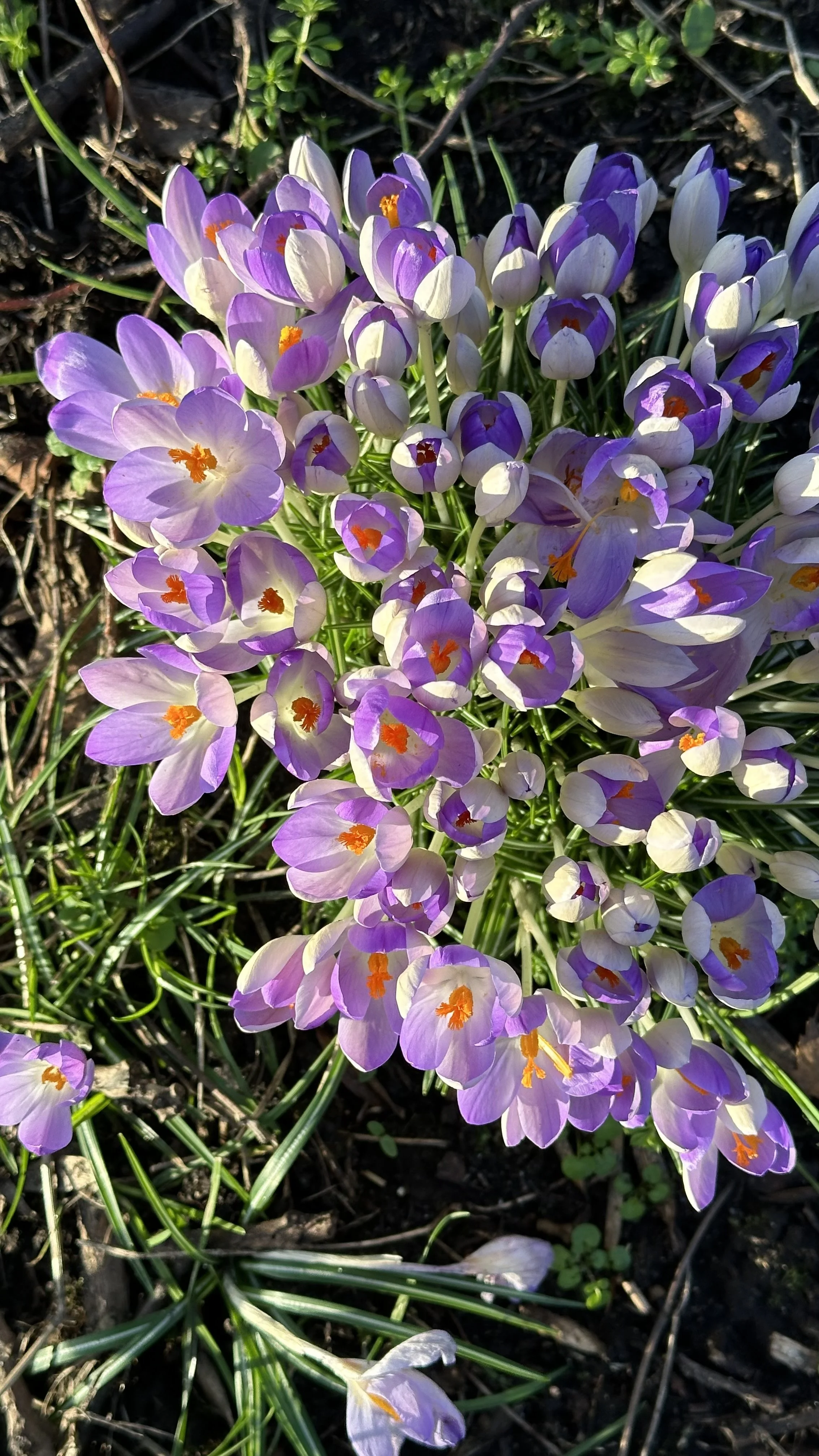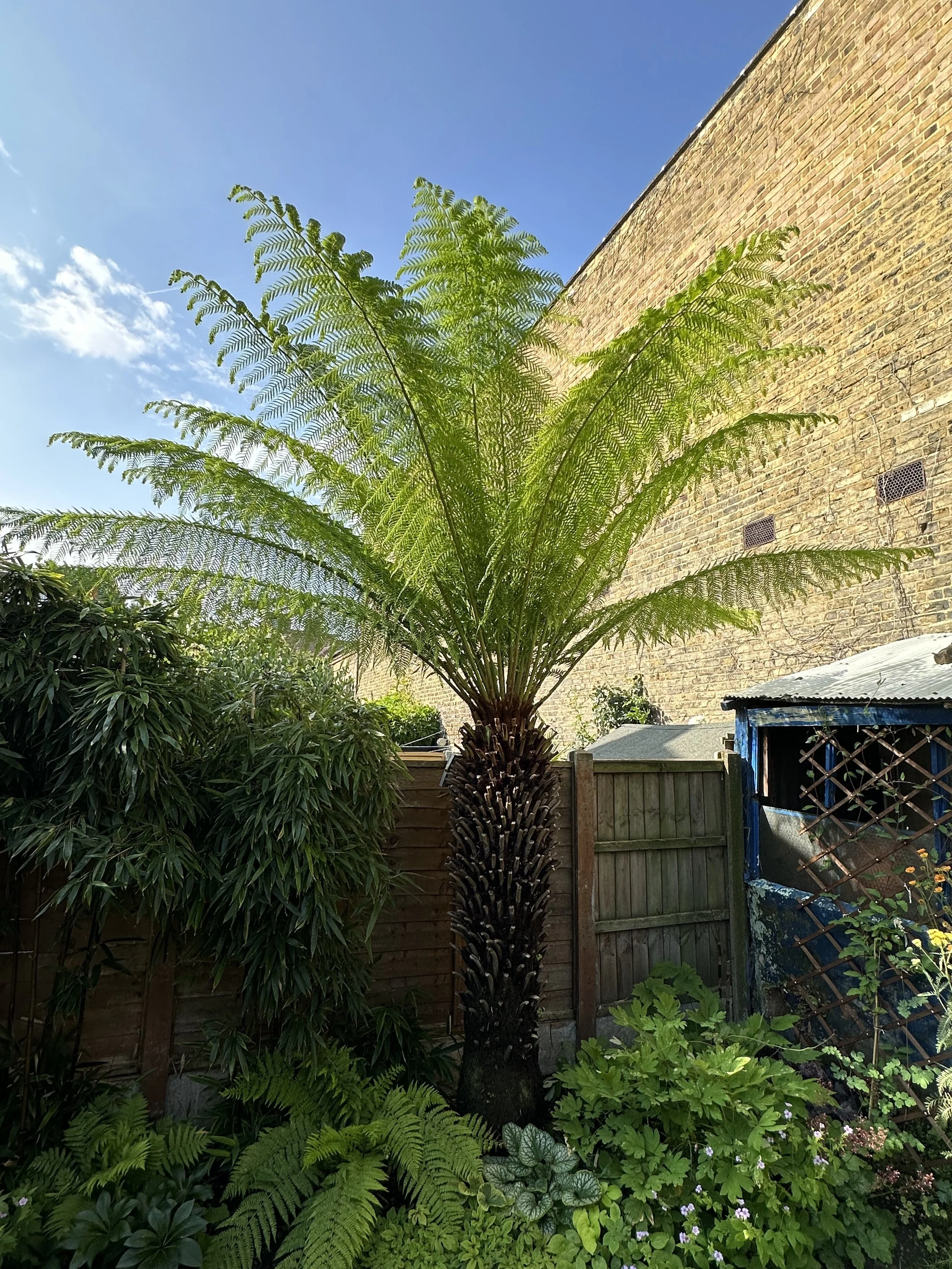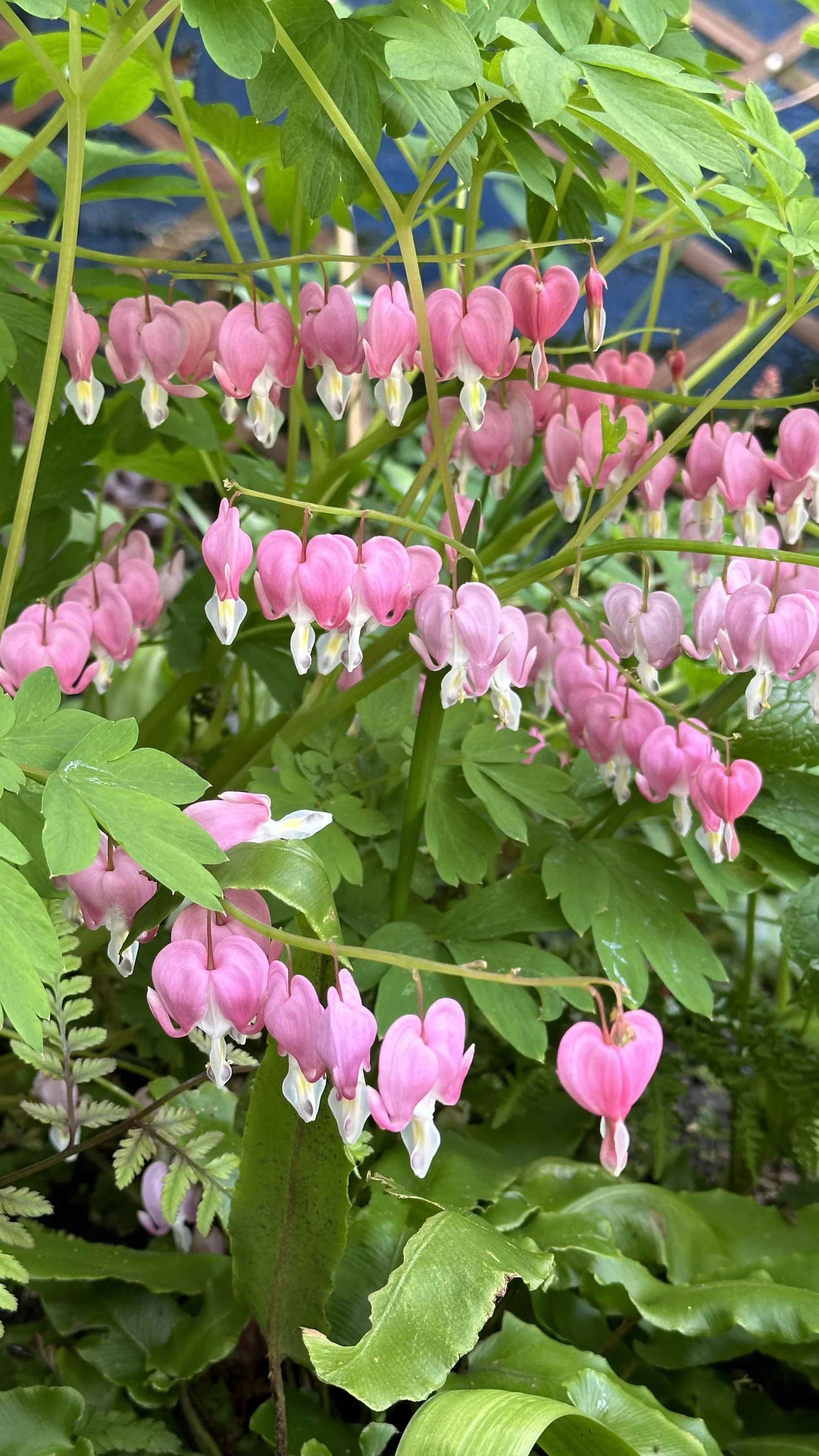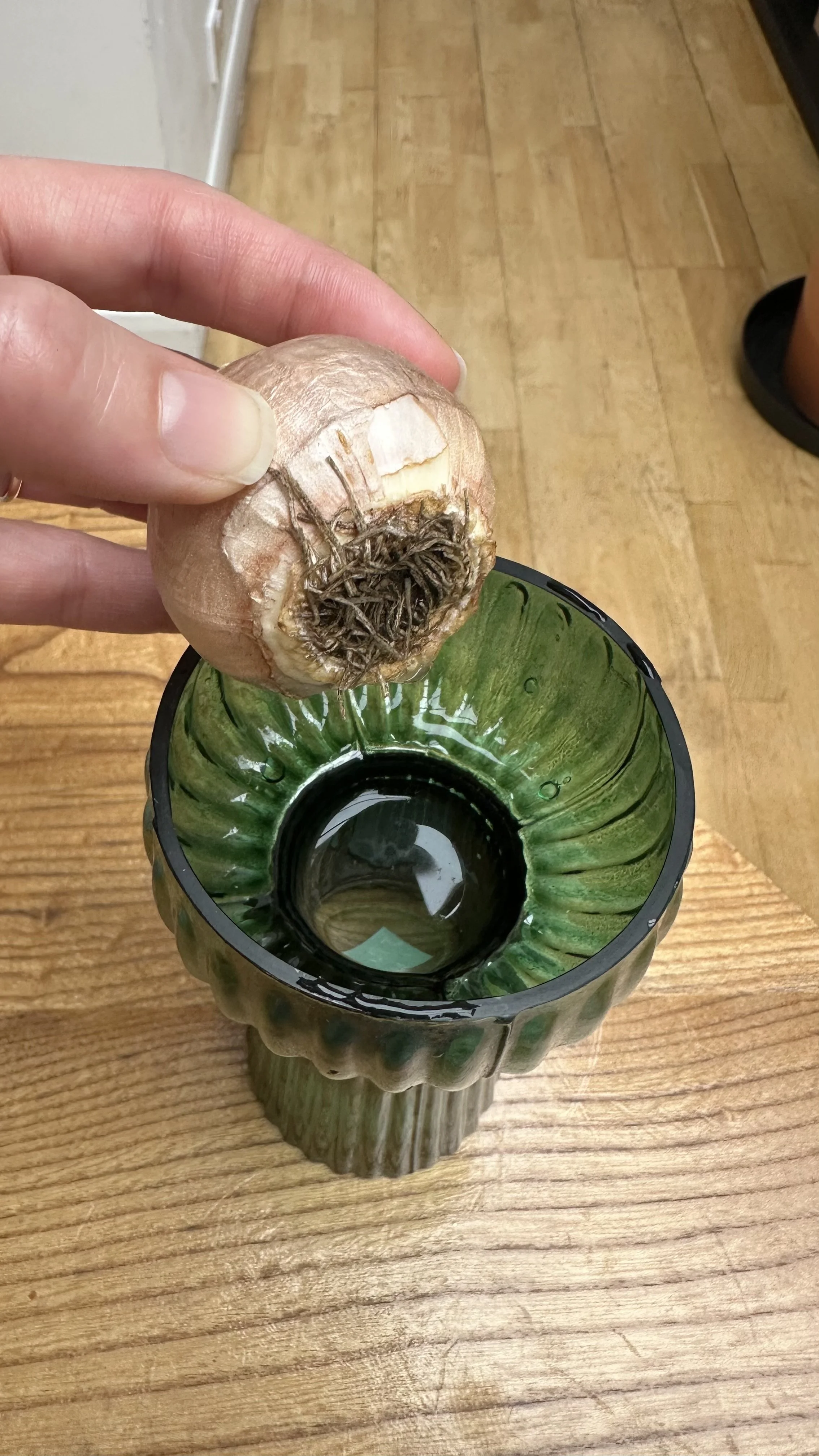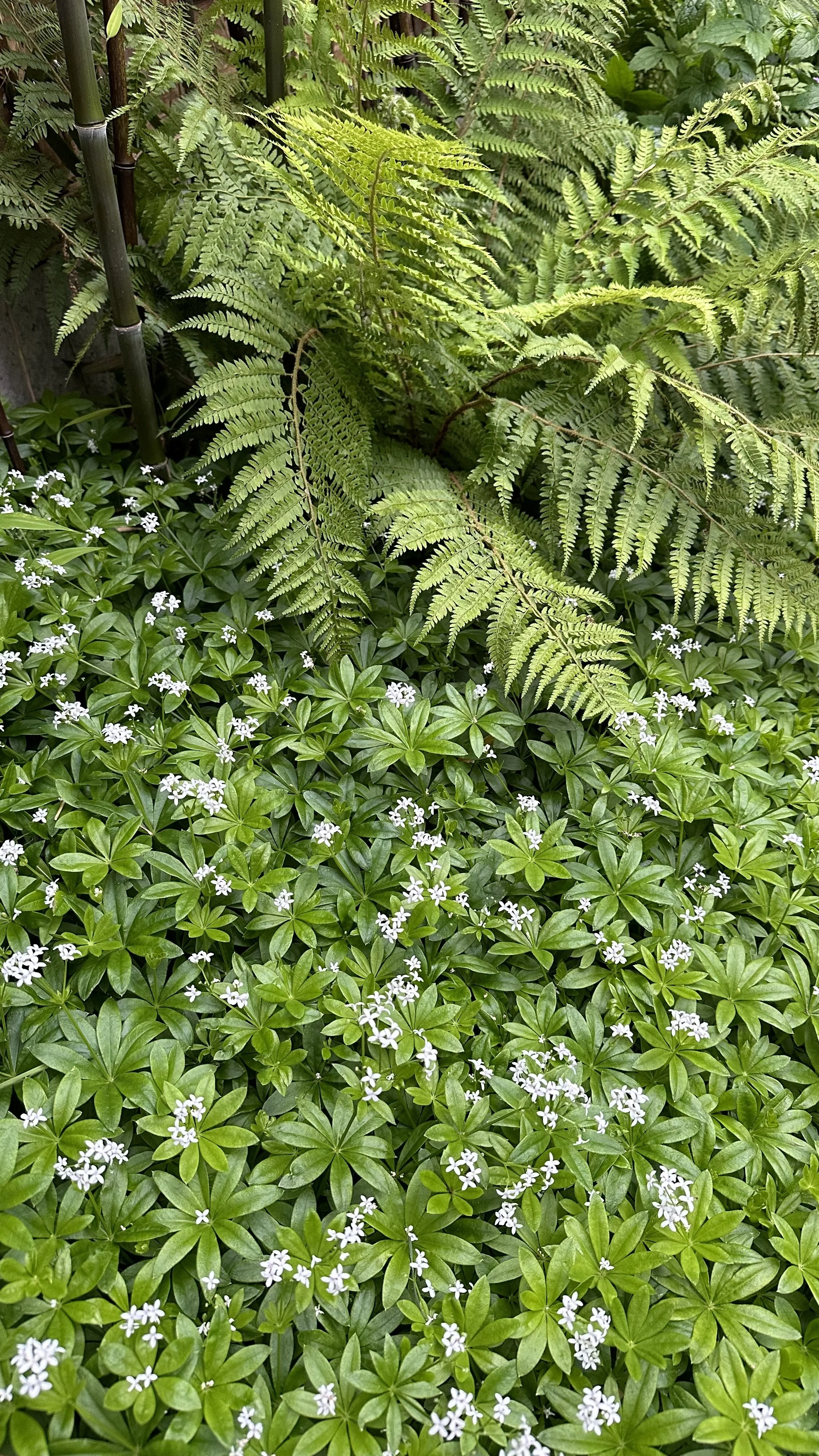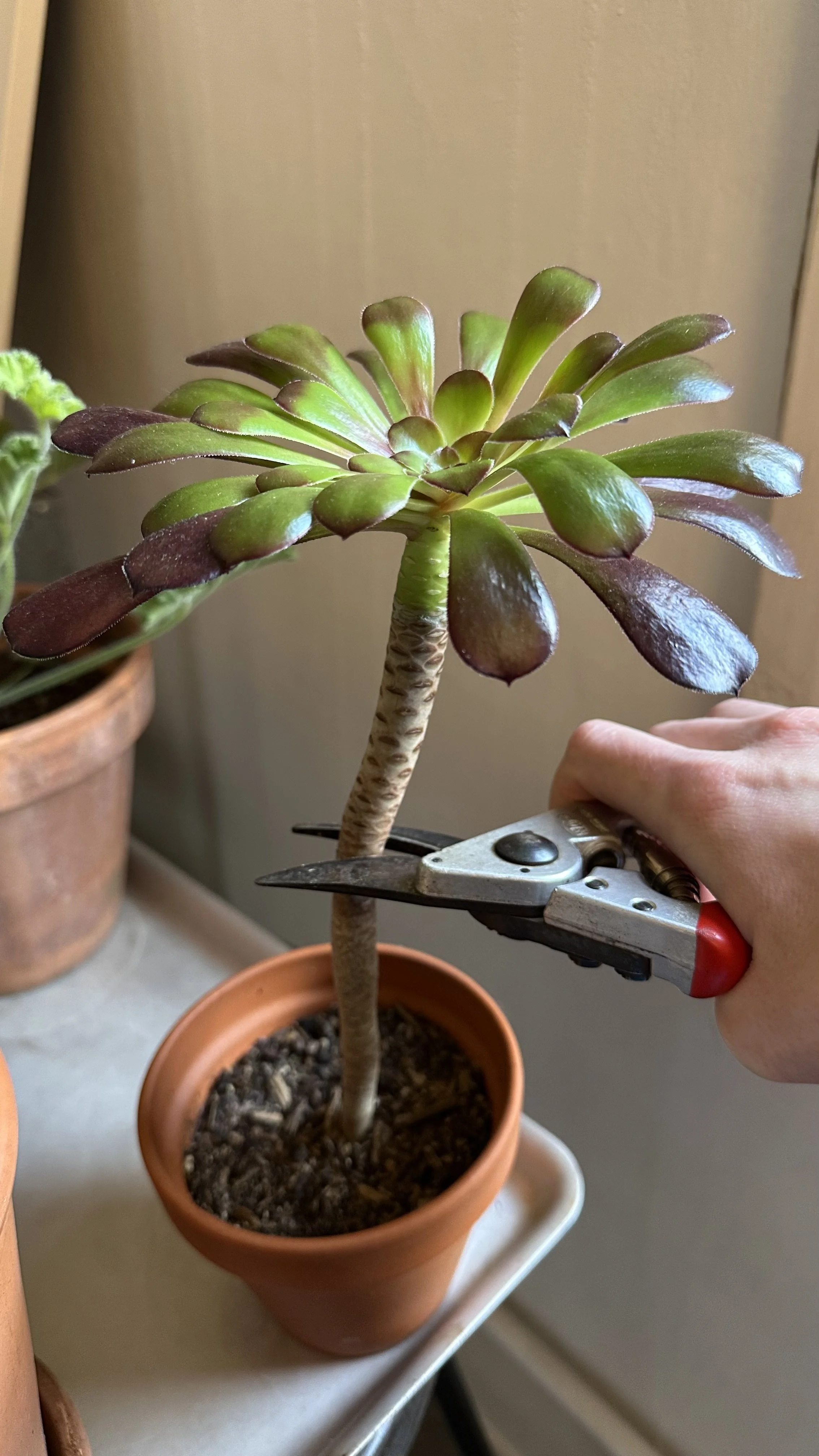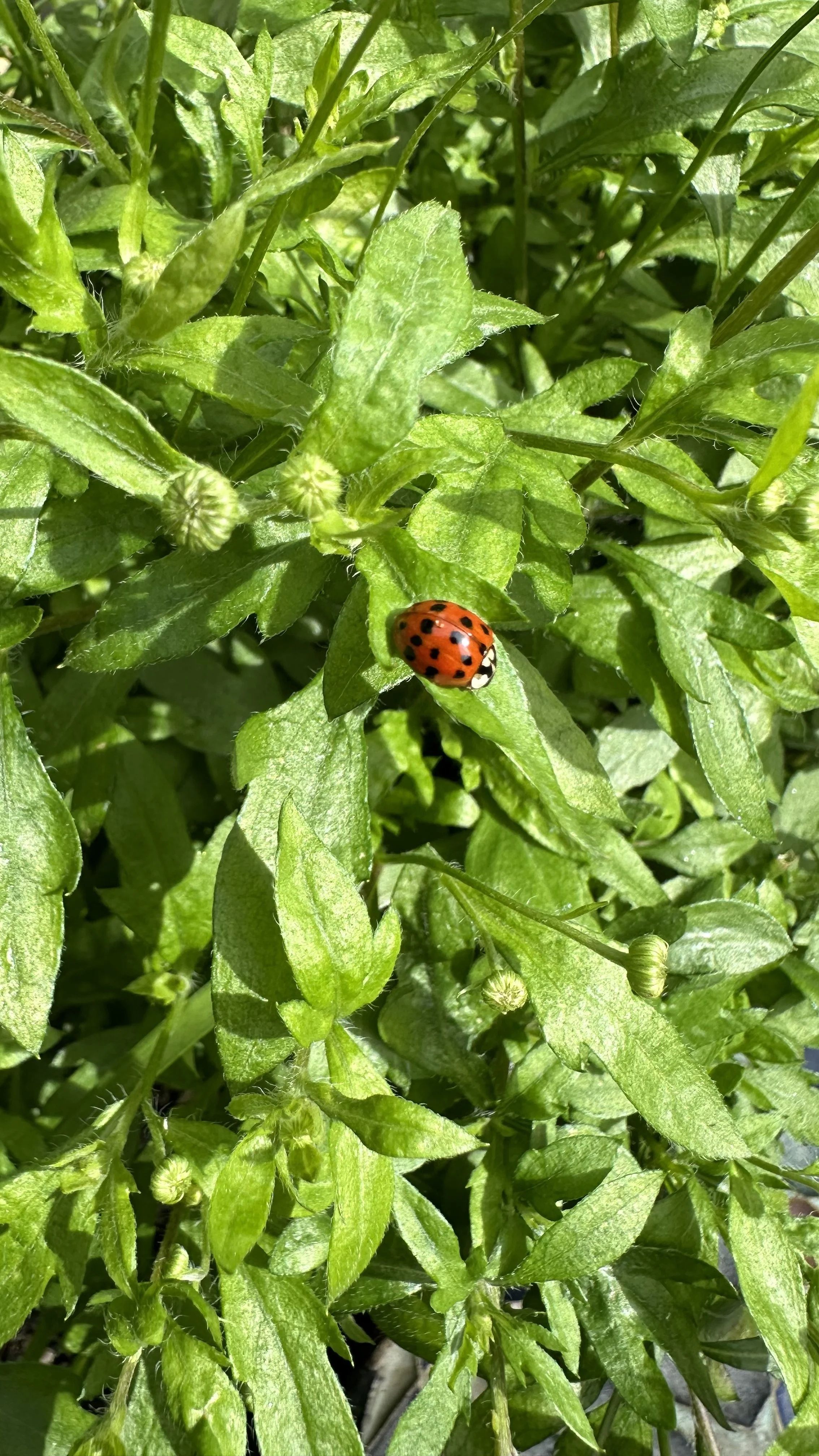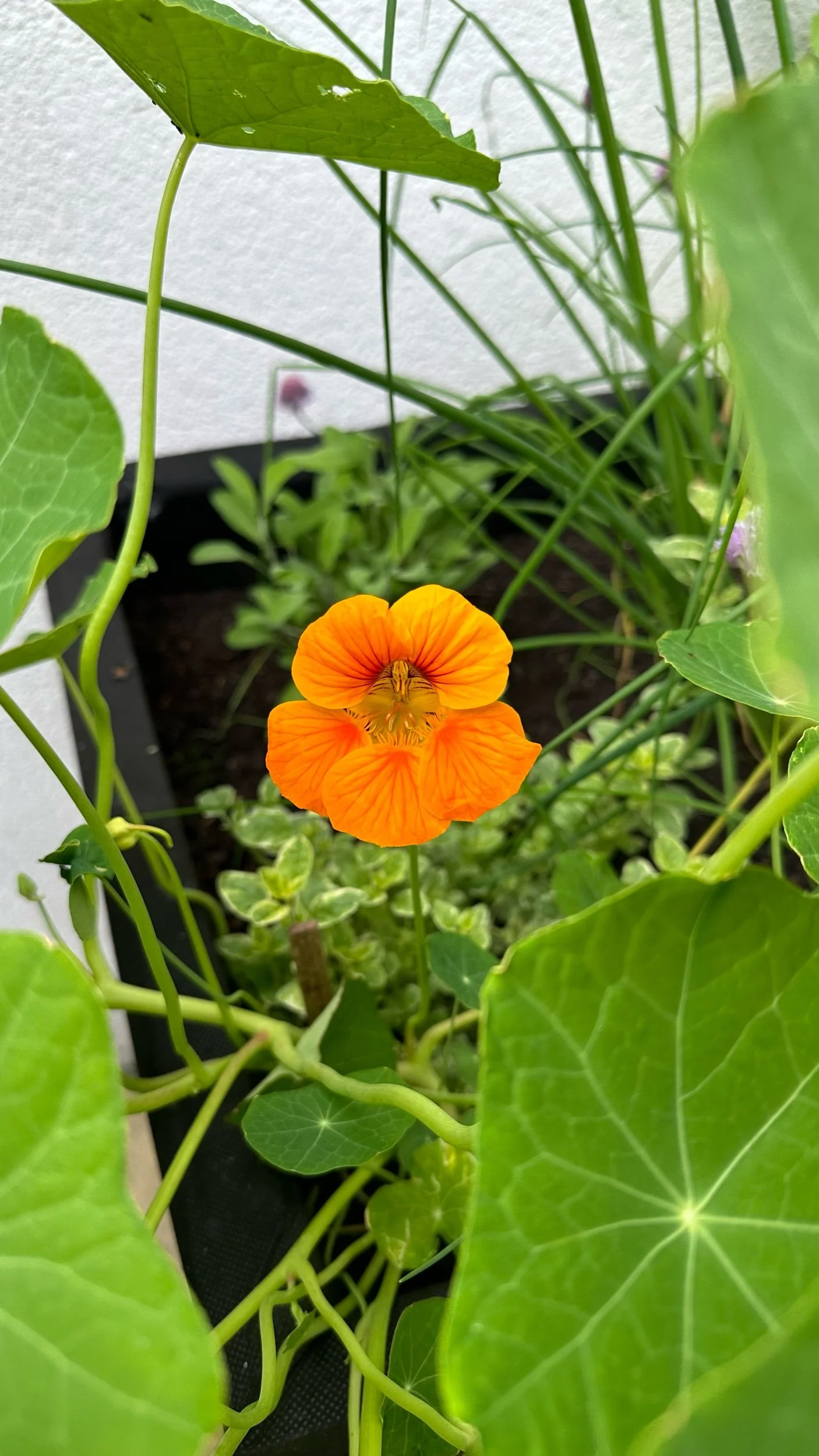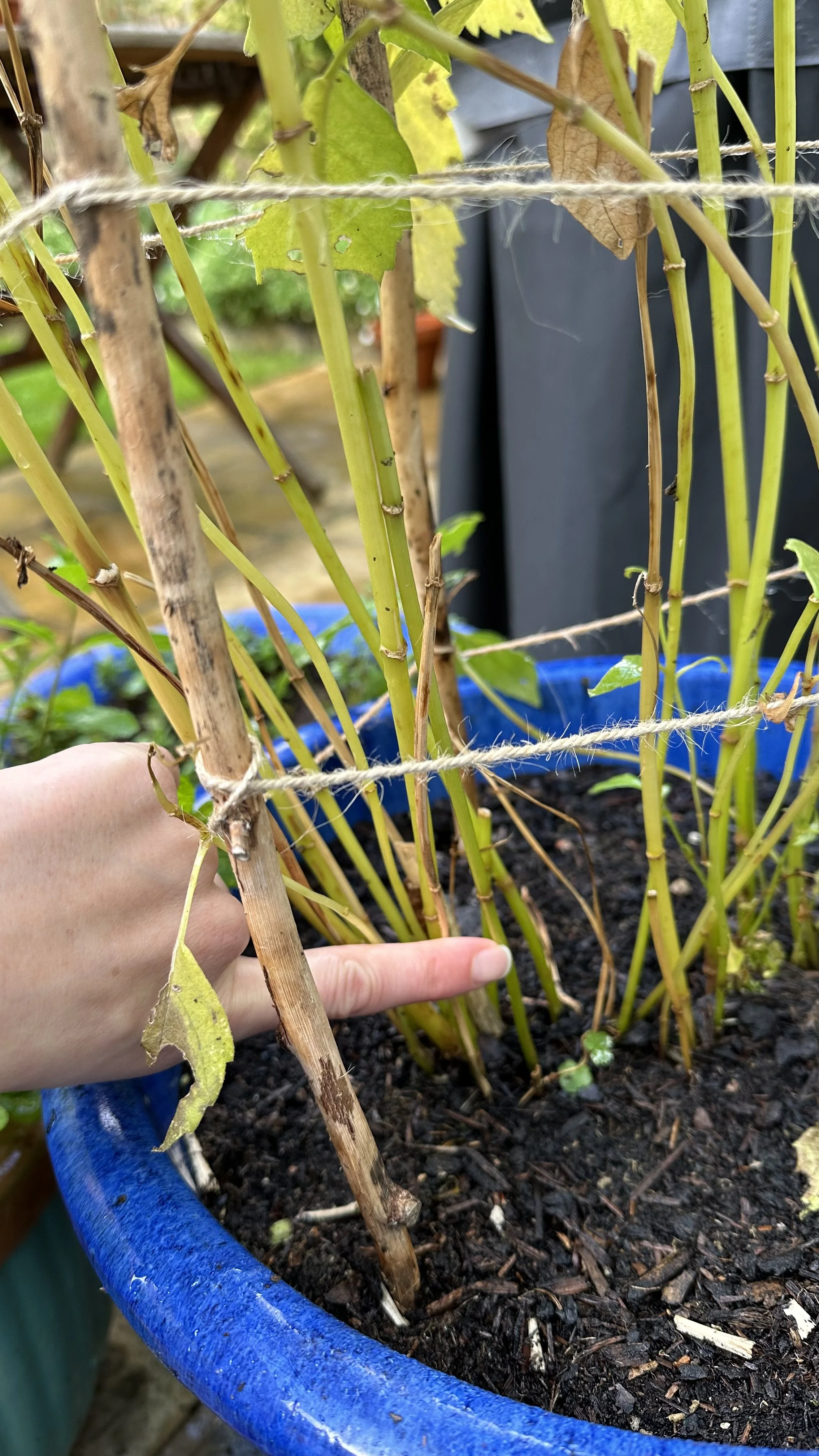When Does Lavender Bloom?
This article has links to products that I may make commission from.
Lavender, known for its aromatic foliage, captivates the senses like no other plant.
From the iconic purple hues of lavender flowers to the less common but equally stunning blue flowers of certain varieties, lavender is a wonderful plant to have in any garden.
The most famous variety, Lavandula angustifolia, often referred to as English lavender, is beloved by gardeners and florists alike for its versatility and scent.
However, to make the most out of these beautiful lavender plants, it's essential to understand when the lavender bloom occurs.
In this guide, we'll explore the blooming seasons of different lavender varieties, how to care for them, and how to maximize their bloom.
To learn more about growing lavender, check out my guides:
Lavender Companion Plants: Enhancing Your Herb Garden
How to Take Lavender Cuttings: A Step-by-step Guide
A Detailed Guide to When Lavender Blooms
Understanding when lavender blooms is essential for getting the most out of your lavender plants.
Timing can differ based on the type of lavender, your geographical location, and other growing conditions.
When does lavender bloom in California?
In California, lavender typically blooms from late spring to early summer, although some varieties may have a longer blooming season.
When does lavender bloom in Oregon?
Oregon experiences a similar timeline to California but may have a shorter season due to the cooler climate, generally from late spring to early summer.
When does lavender bloom in Texas?
Texas has a longer growing season due to its warmer climate, with lavender blooming from early spring to fall depending on the variety.
When does lavender bloom in Provence?
Provence, a region famous for its lavender fields, typically sees lavender bloom from June to August.
When does lavender bloom in the UK?
The United Kingdom experiences lavender blooms generally from June to July, similar to many parts of Europe.
Seasonal Factors
The season for lavender blooming ranges from late spring to late summer, depending on various factors including the specific type of lavender and local climate conditions.
Here's a general guide based on the variety:
English Lavender:
Late spring to early summer
French Lavender:
Late spring to early summer, and may re-bloom
Spanish Lavender:
Late spring to early fall in warmer climates
Lavandin:
Early to mid-summer
Environmental Conditions
Sunlight:
For optimal blooming, lavenders need full sun, requiring at least 6-8 hours of direct sunlight a day.
Lavender grows really well in a west facing garden.
Soil:
The type of soil can also affect when lavender blooms.
These plants prefer well-drained soil, either sandy or loamy.
Pruning:
Proper pruning can encourage a second bloom.
For many varieties, pruning immediately after the first bloom encourages new growth and can lead to another round of blooms later in the season.
Does Lavender Bloom All Summer?
While most varieties do not bloom all summer, some like French lavender can have extended periods of blooming if conditions are optimal.
Lavender Flowering Time Vs. Lavender Growing Season?
While the flowering time can be short, ranging from a few weeks to a couple of months, the growing season is much longer.
Depending on the variety, the growing season can last from spring until the first frost in fall.
For more garden inspiration, check out my guides:
Lavender Pruning: A Simple Guide
Types of Lavender Plants
Lavender is a versatile plant with various species and cultivars, each with its unique characteristics and blooming times.
Here are the most common types:
English Lavender (Lavandula angustifolia)
Also known as true lavender, this is perhaps the most popular variety.
English lavender is renowned for its fragrant, purple flowers and ability to thrive in cooler climates.
It is perfect for zones 5-8.
Characteristics:
Flower Color: Purple to deep blue
Scent: Strong, classic lavender fragrance
Blooming Season: Late spring to early summer, primarily in June and July
Foliage: Silver-green foliage
Ideal Growing Conditions:
Sun: Full sun
Soil: Well-drained, sandy or loamy soil
Pruning: Light pruning in the early spring encourages a bushier growth and more flowers
Here is the English Lavender I recommend:
French Lavender (Lavandula stoechas)
French lavender is easy to recognize with its unique "rabbit-ear" flower shape.
This type prefers warmer climates and is suitable for USDA zones 8-11.
Characteristics:
Flower Color: Dark purple with lighter bracts
Scent: A lighter, less pungent fragrance compared to English varieties
Blooming Season: Late spring to early summer
Foliage: Gray-green foliage
Ideal Growing Conditions:
Sun: Full sun
Soil: Well-drained soil; can tolerate poorer soils than English varieties
Pruning: Pruning lavender after the first bloom encourages new growth and a second flowering season
Here is the French Lavender I recommend:
Lavandin (Lavandula x intermedia)
This is a hybrid between English lavender (Lavandula angustifolia) and spike lavender (Lavandula latifolia).
It's renowned for its oil and robust scent.
Characteristics:
Flower Color: Light purple
Scent: Strong, often used in potpourris and sachets
Blooming Season: Early to mid-summer
Foliage: Silvery-green
Ideal Growing Conditions:
Sun: Full sun
Soil: Well-drained, sandy or gravelly soils
Pruning: Moderate pruning can be beneficial but is less necessary compared to other types
Spanish Lavender (Lavandula stoechas subsp. pedunculata)
Spanish lavender is another variety that offers a unique flower shape, and it's especially attractive to pollinators.
Characteristics:
Flower Color: Purple flowers with pinkish "rabbit-ear" bracts
Scent: Light and sweet, not as intense as English or French lavenders
Blooming Season: Late spring to early fall in warmer climates
Foliage: Green to gray-green
Ideal Growing Conditions:
Sun: Full sun to partial shade
Soil: Prefers sandy, well-drained soils but is quite adaptable
Pruning: Minimal pruning is needed, usually just to shape the plant or remove spent flower stems
Here is the Spanish Lavender I recommend:
Knowing the characteristics and ideal conditions for these types of lavender will not only help you choose the right variety for your garden but also inform you about when you can expect them to bloom.
So whether you are planting in California, Texas, Oregon, or anywhere else, picking the right type is crucial for a vibrant and aromatic lavender experience.
For more garden ideas, check out my guides:
Tips for Lavender Blooming
Getting your lavender to bloom beautifully requires more than just waiting for the right season.
There are specific steps you can take to ensure you get the most out of your lavender plants during their blooming season.
Check out my guide to Herbs That Can Be Planted Together: The Best Combinations.
Soil Preparation
The type of soil you use can greatly affect your lavender's health and its ability to bloom.
Lavender plants prefer well-drained, slightly alkaline soil with a pH level of 6 to 8.
If your soil is too acidic, consider adding lime to raise the pH.
For soils that don't drain well, adding organic matter or sand can improve drainage.
In order the measure your current soil pH, here is the soil pH meter I recommend using:
Sunlight and Watering
Lavenders are plants that love full sun.
Make sure you plant them in an area where they will receive at least 6 to 8 hours of direct sunlight.
Lavender blooms really well in west facing gardens.
Watering should be moderate; overwatering can lead to root rot and deter blooms.
The foliage will usually indicate if the plant gets sufficient light; a healthy green foliage signifies optimal light conditions.
Fertilizing
Unlike many other plants, lavenders generally do not require heavy fertilization.
In fact, too much fertilizer can lead to leafy growth and reduce the number of blooms.
A balanced, slow-release fertilizer with a ratio close to 14-14-14 can be used in the spring as new growth appears.
Do not over-fertilize; follow the guidelines provided on the fertilizer package for the best results.
Here is the fertilizer I recommend for lavender:
Pruning Lavender
Proper pruning is crucial for the health of your lavender plant and its ability to bloom abundantly.
Prune in early spring or immediately after the first bloom cycle has ended to encourage new growth and possibly a second bloom.
Use clean, sharp pruning shears to cut back about one-third of the flowering stems.
Here are the pruning shears I recommend for the job:
Pest and Disease Management
Keeping your lavender plant healthy is essential for a robust blooming season.
Watch out for common pests like aphids and diseases like root rot.
Insecticidal soaps can be effective against aphids and other small pests.
Here is the insecticidal soap I use:
Varietal Considerations
Different varieties of lavender have unique needs and bloom at different times.
English lavenders are well-suited for cooler climates and have a rich aroma.
French lavenders are more tolerant of humidity and may re-bloom if conditions are favorable.
By paying close attention to these tips and recommendations, you can maximize the blooming season of your lavender, whether you are growing English lavender, French lavender, or any other variety.
From soil preparation to pruning, each step is crucial in nurturing a vibrant and aromatic lavender plant in your garden.
For more garden ideas, check out my guide:
Erigeron Karvinskianus: Growing Ground Cover for Pollinators
Uses and Benefits of Blooming Lavender
Once your lavender is in full bloom, the possibilities for its use are as extensive as they are exciting.
Culinary Uses
Lavender blooms can add a unique flavor profile to a variety of dishes.
Whether incorporated into baked goods or used as a garnish for cocktails, the blooms are both edible and flavorful.
Check out my guide to How to Store Dried Herbs: Tips to Ensure they Last Longer.
English lavender, or Lavandula angustifolia, is often preferred for culinary applications because of its sweet fragrance.
Aromatic Uses
Lavender has been used for centuries in perfumes, soaps, and essential oils.
Harvest the lavender flowers just before they fully open for the most potent fragrance.
Decorative Uses
The vibrant blooms of lavender are perfect for both fresh and dried floral arrangements.
Drying the blooms is a great way to preserve their beauty and fragrance long-term.
To dry lavender flowers, hang them in small bunches upside-down in a dry, dark place.
For more dried flower tips, check out my guides:
FAQs
How Long Does Lavender Bloom?
Most lavender varieties will bloom for 3 to 4 weeks, but some varieties, especially those grown in optimal conditions, can have a blooming period that extends longer.
Regular pruning after the first bloom can sometimes encourage a second set of blooms in certain varieties.
Does Lavender Bloom All Summer?
Some varieties of lavender, particularly French lavender, can bloom for extended periods, especially if grown in ideal conditions.
However, most varieties have a more limited blooming window.
French lavenders are more likely to have extended blooming periods if you prune them lightly after the first set of flowers have died off.
When is Lavender in Season?
Lavender is generally in season from late spring to late summer, depending on the variety and location.
In warmer climates, some varieties might even extend their blooming into early fall.
When does lavender bloom in Provence?
If you're planning a visit to see the lavender fields in Provence, aim for June through August for the best chance to see them in full bloom.
Lavender Flowering Time Vs. Lavender Growing Season
The lavender flowering time is generally shorter than the entire growing season.
The growing season can extend from early spring through to the first frost in the fall, while flowering usually occurs for a few weeks to a couple of months during this period.
You can extend the flowering time by choosing different varieties that bloom at different times.
What to Do with Lavender After it Blooms?
Once your lavender has finished blooming, it's generally a good idea to prune it.
This not only helps the plant look tidier but also encourages new growth.
Prune immediately after the first bloom to encourage new growth and possibly a second round of blooming.
Be careful not to cut into the woody part of the stem as this can be detrimental to the plant.
Can I Grow Lavender Indoors?
While lavender is traditionally an outdoor plant, it can be grown indoors under the right conditions.
However, blooming may be less predictable.
Ensure the indoor lavender plant gets plenty of light, ideally 6-8 hours of direct sunlight through a sunny window.
Be cautious with watering as indoor conditions can often lead to overwatering.
What are the Best Varieties for Extended Blooms?
If you're looking for lavender varieties that have longer blooming seasons, consider French lavender or Spanish lavender.
These types are more likely to re-bloom, especially if you prune them after their initial flowering.













